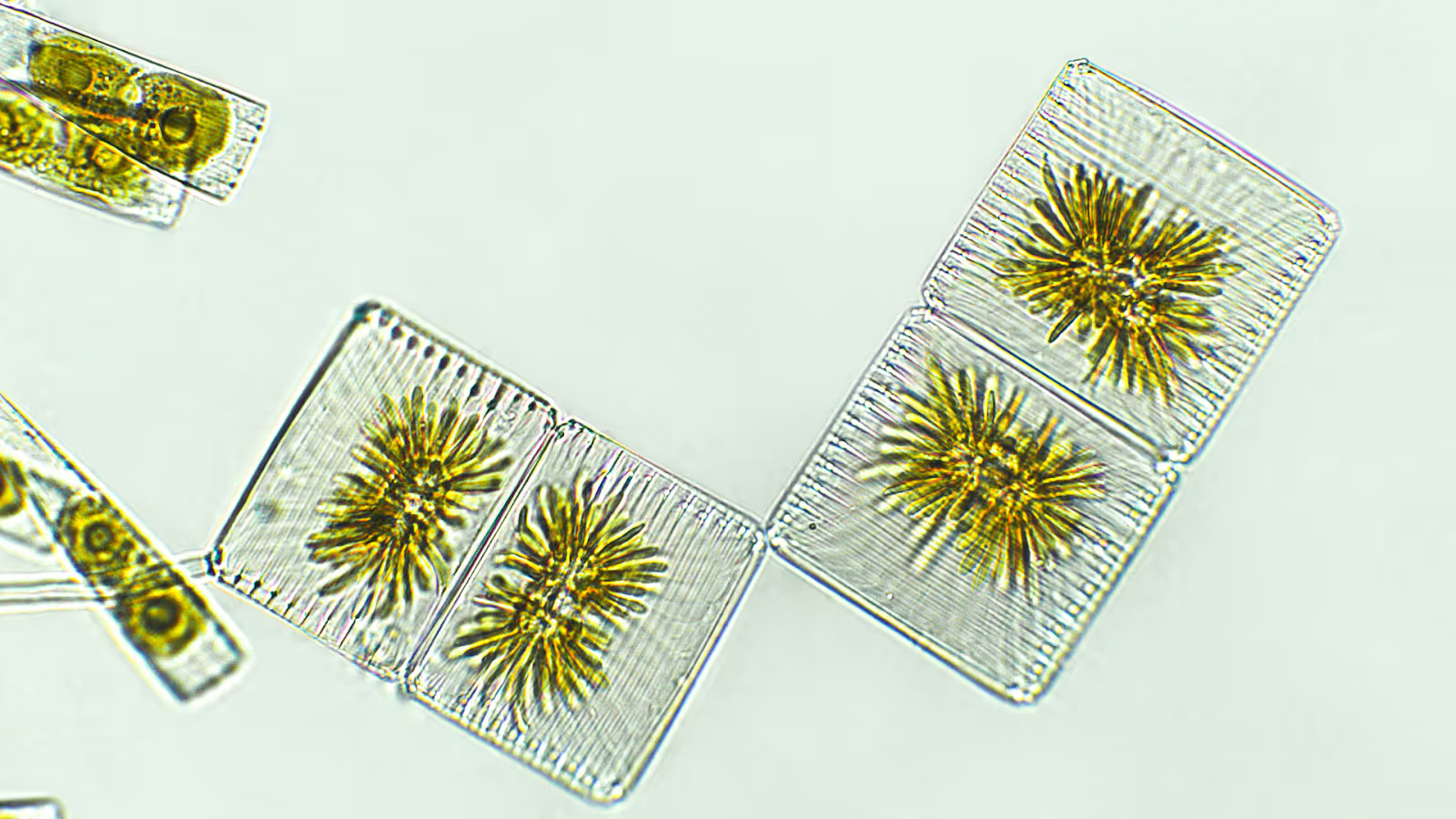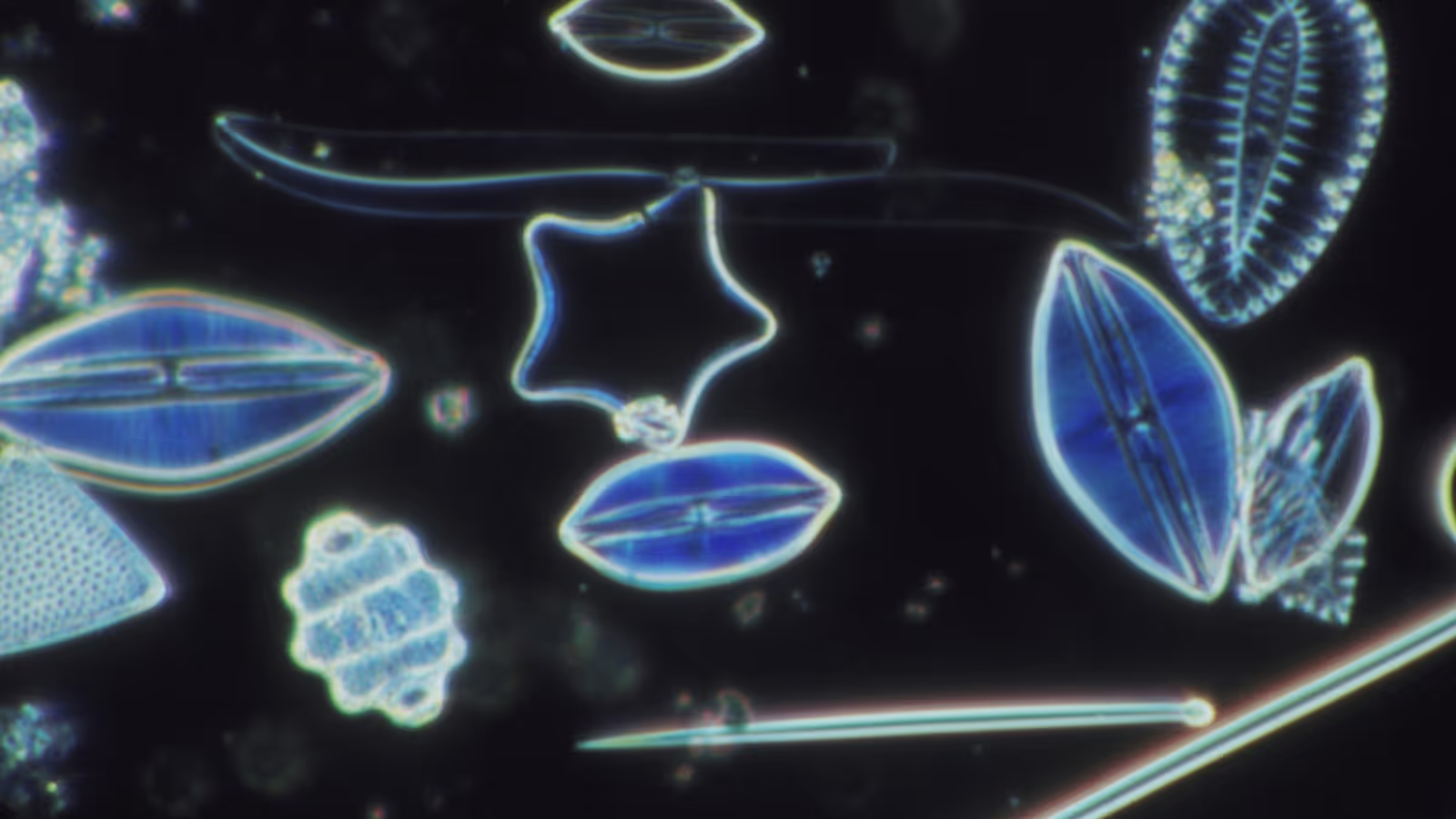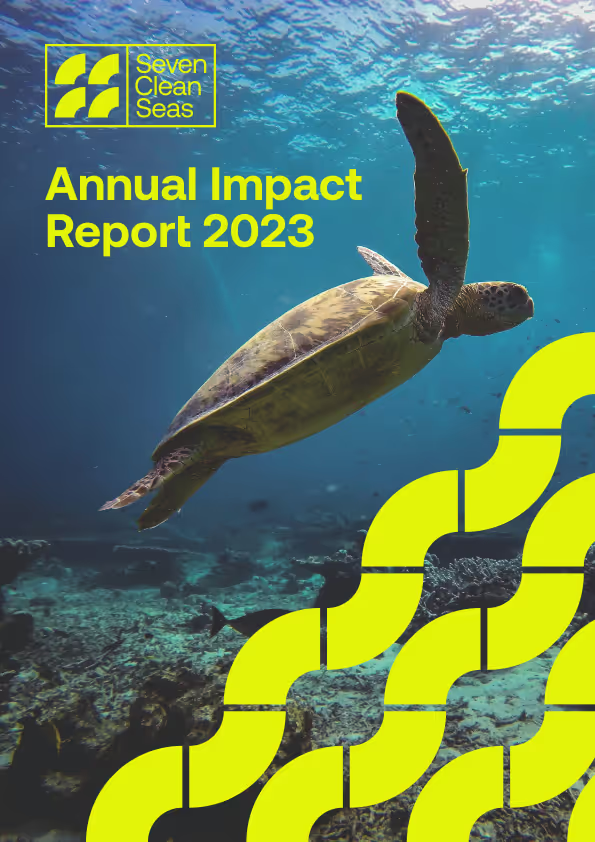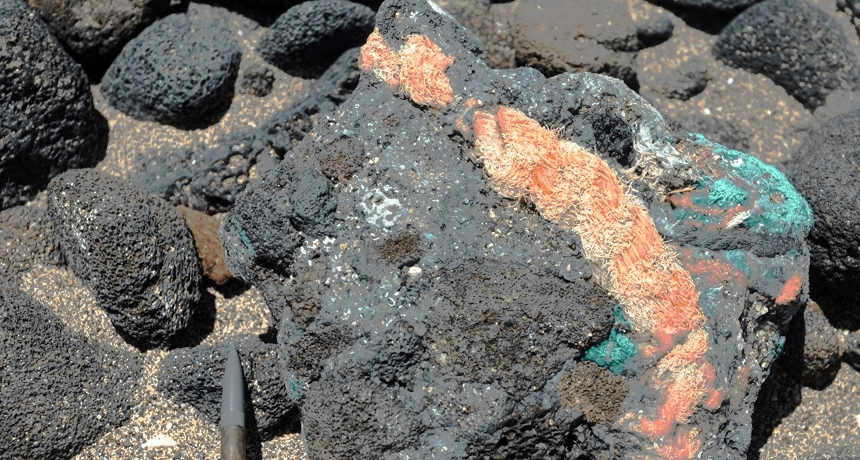Uncovering the Plastisphere: a closer look to plastic pollution
You may have heard of the atmosphere, the biosphere, well have you heard of the "Plastisphere"?
First thing first, let's talk about plastic. We all know that plastic pollution is becoming a dire problem for our planet. Over 350 million tonnes of plastics were produced in 2017, and the number has continued to rise. The persistent nature of plastic, combined with our continued dependence on plastic and inadequate waste management infrastructure to handle the result of the increasing use of plastic, has led to a global problem.
Currently, 85% of all marine litter is plastic. Once it enters the ocean, plastic doesn't biodegrade. Instead, it persists in the environment, putting marine animals vulnerable to starvation, entanglement and developmental disorders - and multiple studies suggest that plastic can accumulate in the human body and may have toxic effects on human health.
However, the effect of plastic pollution continues beyond the macroscopic level, affecting our planet on a microscopic scale which remains invisible to the naked eye. Recent studies show that plastic attracts marine wildlife by providing a habitat for various microorganisms to colonise, creating a community of microorganisms on plastic debris. This new artificial ecosystem is called the "Plastisphere". This term is similar to 'biosphere', which is the thin layer of the earth where living organisms thrive. Studies about microorganisms on the plastic surface have been found dating as far back as the 1970s. Since then, more studies have been conducted to understand this tiny micro-habitat.
Studies have shown that in just a matter of minutes to hours after a piece of plastic interacts with seawater, a thin layer of microorganisms forms on the surface of the plastic, otherwise known as a biofilm. This biofilm is a coating layer of organic and inorganic material that becomes the perfect substrate for other microorganisms to attach and aggregate. Due to the longevity of plastic and its inability to biodegrade, this material becomes a permanent home for microscopic communities to thrive.
This biofilm is an ecosystem in itself, invisible to the naked eye but full of life. A diverse community of microbial communities consisting of bacteria, diatoms, hydroids, and other planktonic biota inhabit this tiny ecosystem, creating a complex ecosystem with an abundance of diversity. Just like all ecosystems, the primary producers, such as diatoms, will be the first to inhabit this tiny home. Over time, the structural complexity of the ecosystem changes, attracting predators, grazers and decomposers. This demonstrates the complexity and interconnectivity of our natural world; however, this fascinating phenomenon is causing harm to our natural balance.

Microorganisms in the plastisphere can affect the distribution of plastic pollution in the ocean. Depending on its density, microplastic can stay on the ocean's surface for most of its lifecycle. With the help of microorganisms, plastic can be degraded even further through a mechanical and biological process, turning them into microplastics. However, organisms attaching to their surface can cause the plastic to be weighted down and sink, eventually making its way to the ocean floor. This, coupled with the persistent quality of plastic, makes them unrecoverable, keeping it longer in the environment.
As microplastics are transported from one place to another, they can become a home to pathogenic organisms or even invasive species that may affect the surrounding environment. For example, a recent study shows that plastic waste contact increases the susceptibility of coral reefs to microbial disease from 4% to 89%.
Not only that, but the nutrient-rich biofilm that encases these tiny microplastics attracts grazers and filter feeders. Unfortunately, this change in diet causes microplastic to be transferred into the food chain, causing it to accumulate in the guts of the predators. This accumulation can lead to toxicity in animals, as toxic chemicals from microplastics can break down and harm the animal.
Even though additional research has demonstrated the severe impact Plastisphere could have on our planet, there is still a lot we still need to learn. Questions such as "How does the microbial community differ from region to region?" and "How does the plastisphere alter the physical and chemical properties of plastic debris?" are important areas to explore. Studying this microscopic environment is essential to find ways to mitigate the damage caused by the plastisphere and preserve our marine ecosystem.
Although there are currently no solutions to minimise the damage we have already caused, there are actions we can take to reduce plastic usage. For example, food and beverage companies can eliminate packaging or materials that do not provide additional benefits. Meanwhile, offices can reduce plastic consumption by implementing procurement policies that leverage sustainability practices. Reducing plastic usage lessens the demand for virgin plastic and encourages companies to find innovative solutions for sustainable alternatives. Moreover, improving waste management is one of the most critical actions to reduce the amount of plastic leaking into the environment.

We must all understand that we are all connected within this place we call home. If we continue down the path to our single-use plastic culture, the plastisphere will be our lasting legacy – an indicator of the Anthropocene. So it is up to you and me to start taking action today, no matter how small. Whether swapping your plastic toothbrush for a bamboo one or refilling your shampoo bottles instead of buying a sachet, every action matters.
Remember that even the tiniest of actions can create a ripple effect, reaching organisms we can't see with our own eyes. So let's take action today, and together, we can make a difference!










